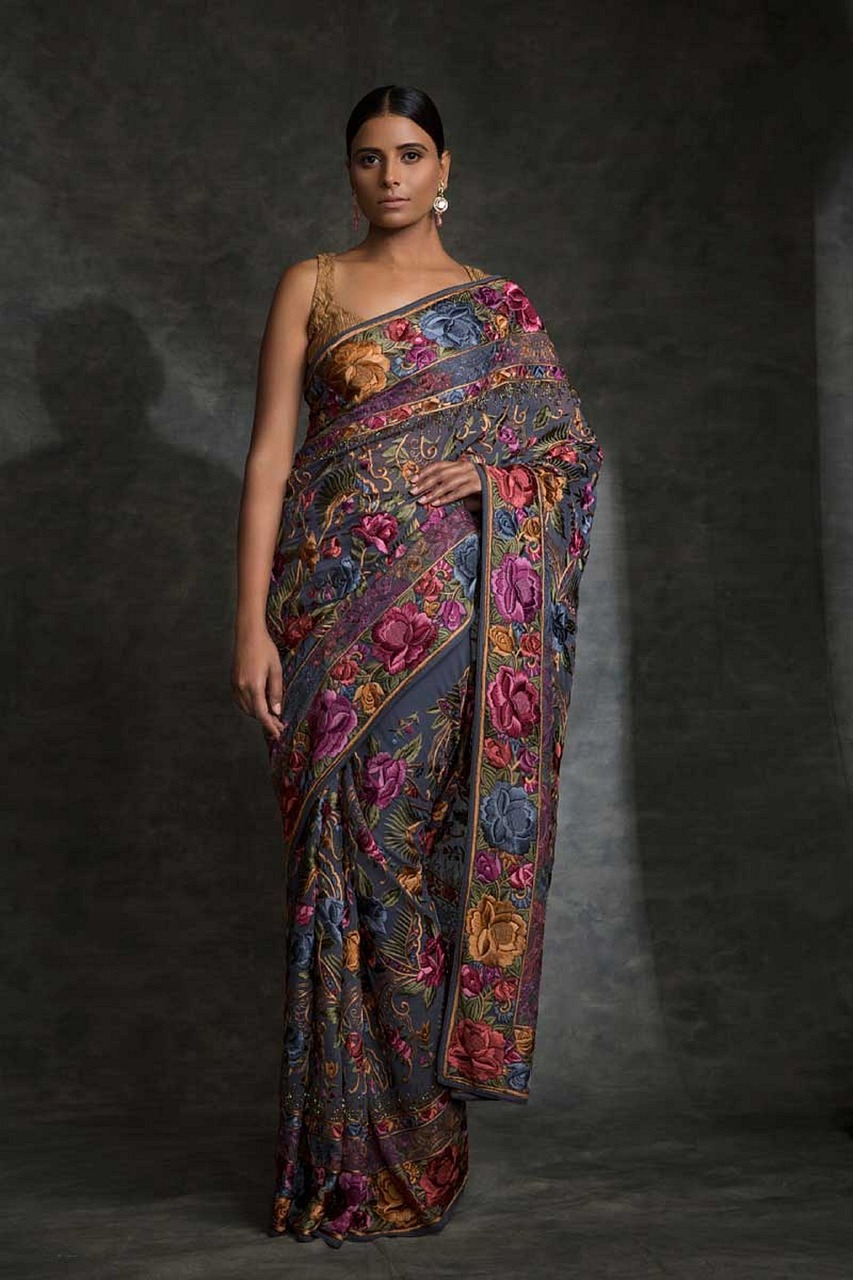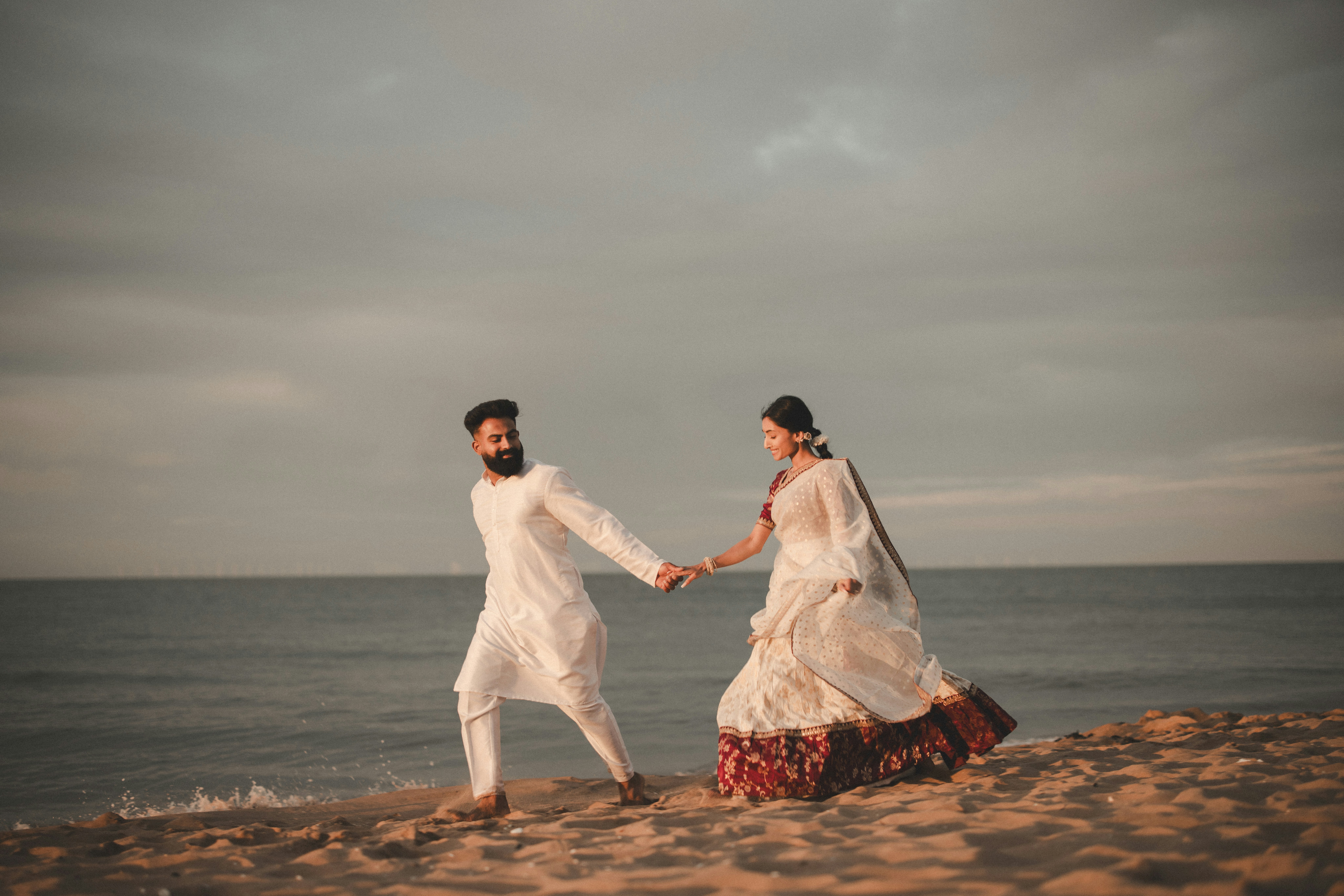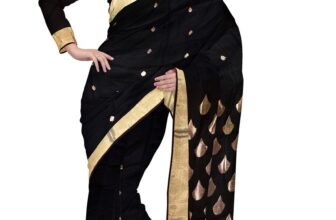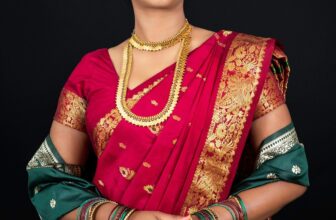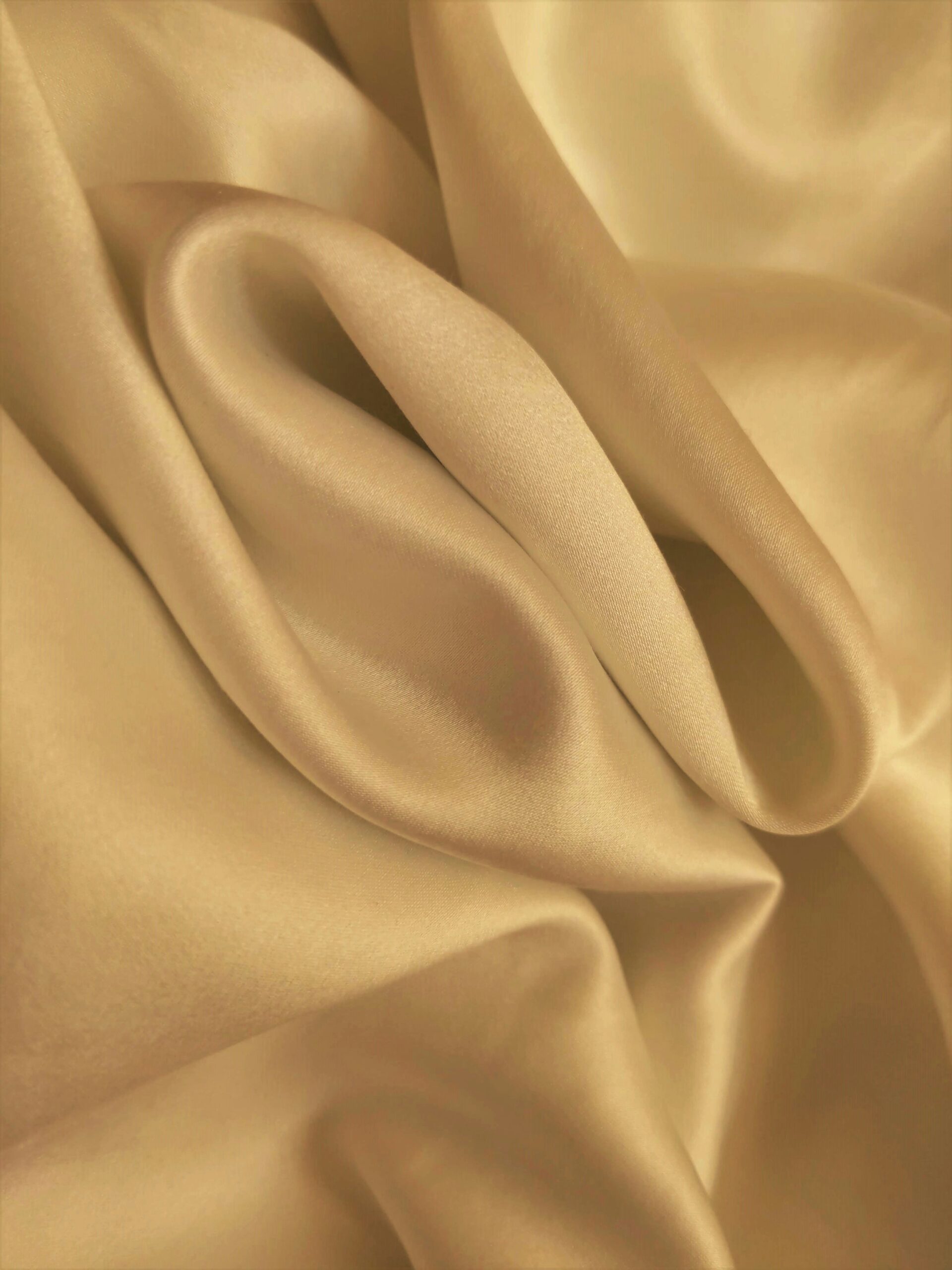
When it comes to traditional Indian attire, especially sarees, silk is often considered the epitome of grace, luxury, and elegance. However, in today’s textile market, you’ll often come across two terms Silk and Soft Silk, which may sound similar but differ significantly in texture, appearance, price, and purpose.
Whether you’re shopping for a wedding saree, festival attire, or everyday ethnic wear, understanding the difference between silk and soft silk can help you make informed decisions. In this blog, we’ll explore their key differences, how they’re made, how to identify them, and when to wear each.
What Is Traditional Silk?
Silk, especially when referred to in Indian fashion, usually means pure silk, traditionally handwoven from natural silk yarns. In Tamil Nadu, the most iconic form of pure silk is the Kanchipuram silk saree renowned for its thickness, durability, and opulent zari work.
Features of Traditional Silk Sarees:
- Woven from pure mulberry silk
- Heavy in texture with rich zari (gold or silver thread) borders
- Maintains its structure and stiffness
- Has a natural sheen and vibrant colors
- Often passed down generations as heirlooms
Traditional silk sarees are synonymous with prestige and occasion. They are typically reserved for:
- Weddings
- Temple visits
- Cultural functions
- Religious ceremonies
What Is Soft Silk?
Soft silk sarees are a modern adaptation of traditional silk sarees. They use the same base material pure silk, but are woven in a way that makes the fabric lighter, smoother, and more flowy. Sometimes, they include synthetic blends, but many soft silk sarees are still 100% silk.
Features of Soft Silk Sarees:
- Made with finer yarns and tighter weaves
- Lightweight and easy to drape
- Feels softer on the skin
- May have minimal or lighter zari work
- Available in both handwoven and machine-made variants
Soft silk sarees are ideal for:
- Daily wear in formal settings
- Office parties
- Small functions
- Travel and destination events
How to Identify Authentic Silk vs. Soft Silk
1. The Touch Test
Pure silk will feel rich, slightly textured, and may produce a faint rustling sound when rubbed together, often described as the “silk sound.” Soft silk, while smooth and elegant, has a gentler feel.
2. The Zari Check
Traditional silk sarees have heavier zari borders and pallu. In contrast, soft silk may have light zari or even printed borders.
3. The Label or Silk Mark
Look for the “Silk Mark” certification by the Silk Mark Organisation of India. Pure silk sarees, both traditional and soft, will have this mark if they are genuine.
4. The Drape Factor
Try draping the saree. Traditional silk maintains a firm structure, making pleats stay in place. Soft silk hugs the body and moves fluidly.
When to Choose Traditional Silk
Weddings and Bridal Wear
Traditional silk sarees especially Kanchipuram, Banarasi, or Mysore silk are preferred for bridal trousseaus and marriage ceremonies due to their grandeur and auspiciousness.
Cultural Events
When attending or performing in Carnatic music, Bharatanatyam, or temple festivals, traditional silk sarees add elegance and cultural depth.
Heirloom Investment
Traditional silk sarees are timeless. They are often passed down through generations and hold sentimental value.
When to Choose Soft Silk
Office and Work Functions
Soft silk sarees provide the perfect balance between traditional aesthetics and modern comfort. They’re easy to manage during long workdays or office parties.
Festivals at Home
For occasions like Diwali, Pongal, or Navaratri, where you want to look traditional but also stay comfortable during chores and rituals, soft silk is ideal.
Travelling for Functions
Soft silk sarees are easy to pack, light to carry, and don’t wrinkle easily—perfect for destination weddings or family events away from home.
Popular Varieties of Each
Traditional Silk Sarees
- Kanchipuram Silk (Tamil Nadu)
- Banarasi Silk (Uttar Pradesh)
- Mysore Silk (Karnataka)
- Patola Silk (Gujarat)
- Paithani Silk (Maharashtra)
Soft Silk Sarees
- Arani Soft Silk (Tamil Nadu)
- Semi-Kanchipuram Soft Silk
- Bhagalpuri Soft Silk
- Printed Soft Silk
- Designer Soft Silk with modern motifs
Caring for Your Sarees
Regardless of whether you choose silk or soft silk, proper maintenance ensures your sarees last longer and retain their beauty.
Storage Tips:
- Always store in a cotton or muslin cloth, not plastic
- Keep them folded neatly and refold every few months to avoid creases
- Store them away from direct sunlight and humidity
Washing Tips:
- Dry clean for traditional silk
- For soft silk, some varieties can be hand-washed with gentle soap, but dry cleaning is safer
Conclusion: Choose Based on Occasion and Comfort
The debate between silk and soft silk isn’t about which is better; it’s about which is right for the moment. If you’re looking to make a grand impression or invest in a heritage piece, go for traditional silk. But if your priority is comfort, versatility, and everyday elegance, soft silk is your ideal pick.
Both types have their unique charm, and having a few of each in your wardrobe ensures you’re ready for everything from temple visits to wedding receptions.


